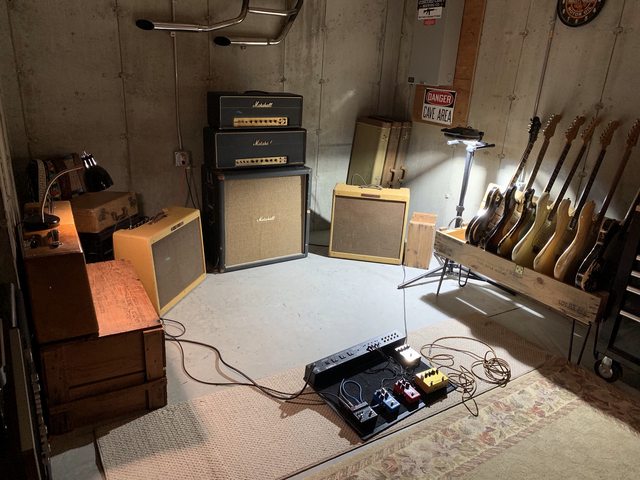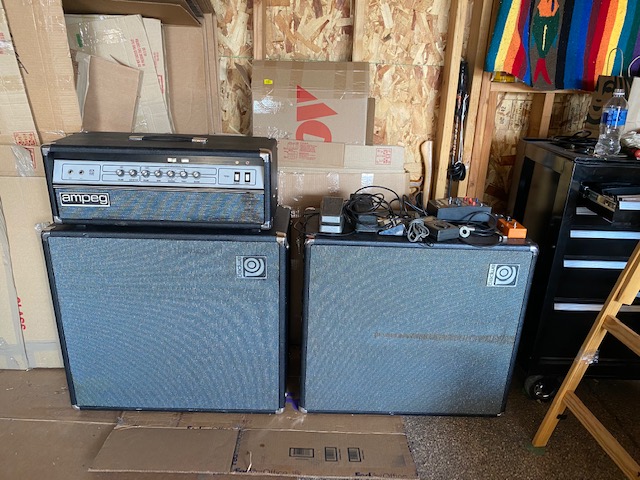
The world of DJing is a captivating realm that combines music, creativity, and technical skill. Whether you’ve seen a DJ in action at a club or have been inspired by the pulsating beats of electronic music, the art of DJing is an exciting and dynamic craft. In this blog post, we will delve into the skills and techniques of a disc jockey, exploring the elements that make a great DJ and how they create unforgettable experiences on the dancefloor.
Musical Knowledge and Selection:
At the heart of DJing is a deep understanding and appreciation of music. Skilled DJ possesses an extensive knowledge of various genres, styles, and eras, allowing them to curate a seamless and engaging musical journey for their audience. They understand how to read the crowd, assess the energy of the room, and select tracks that create a vibrant atmosphere. The ability to blend different songs together, transitioning smoothly from one to another, is a hallmark of a skilled DJ.
Beatmatching and Mixing:
One of the fundamental techniques in DJing is beatmatching. This involves aligning the beats of two or more tracks so that they play in sync, creating a seamless flow of music. A DJ uses headphones and cue points to listen to the beats of each track and adjust the speed and timing to match them. Once beatmatching is achieved, the DJ can smoothly transition between songs, maintaining a continuous groove on the dancefloor. Mixing techniques, such as blending, looping, and using effects, further enhance the DJ’s ability to create dynamic and engaging sets.

Equipment and Technology:
DJing has evolved significantly with the advancements in technology. While traditional vinyl turntables and mixers are still used by some DJs, digital DJ controllers, and software have become increasingly popular. These setups offer a wide range of creative possibilities, allowing DJs to manipulate tracks, add effects, and create unique live performances. Familiarity with the equipment and software is crucial for a DJ to fully harness their creative potential and deliver a captivating performance.
Crowd Engagement and Energy Management:
A great DJ knows how to engage and energize the crowd. They have a keen sense of timing and pacing, building up the energy gradually and knowing when to drop a high-impact track to create moments of euphoria on the dancefloor. They interact with the crowd, reading their reactions and adapting their playlist accordingly. A skilled DJ understands the importance of creating an emotional connection with the audience, ensuring that everyone feels the music and becomes a part of the collective experience.
Musical Storytelling and Set Structure:
A DJ is not just a selector of songs but also a storyteller. They craft their sets with intention, taking the audience on a musical journey with ebbs and flows, peaks, and valleys. They carefully consider the flow of energy, the emotional progression, and the overall atmosphere they want to create. A well-structured DJ set builds anticipation, surprises with unexpected transitions, and creates a sense of unity among the crowd. This ability to create a cohesive narrative through music is what sets apart a DJ as a true artist.
The art of DJing combines technical skills, musical knowledge, and an innate understanding of the crowd. A great DJ has the ability to create memorable experiences, transporting the audience to another world through their music. Whether through beatmatching and mixing, equipment mastery, crowd engagement, or storytelling, a DJ weaves together a tapestry of sounds and emotions that resonate deeply with the listeners. If you’re interested in exploring the art of DJing, remember that it takes dedication, practice, and a genuine passion for music. With time and effort, you can embark on a thrilling journey into the world of DJing and create your own unique sonic landscapes with the help of Minneapolis DJ.

